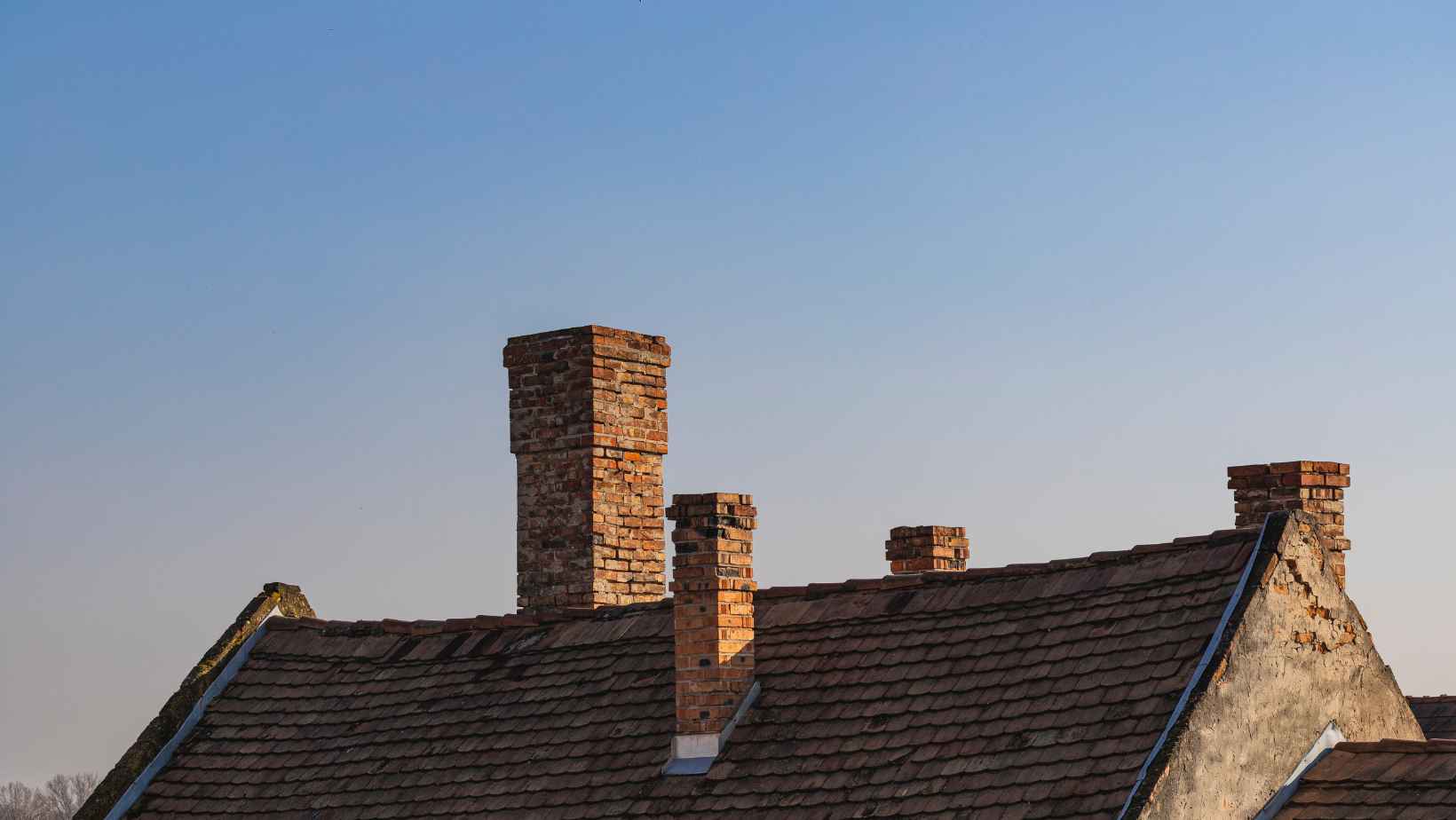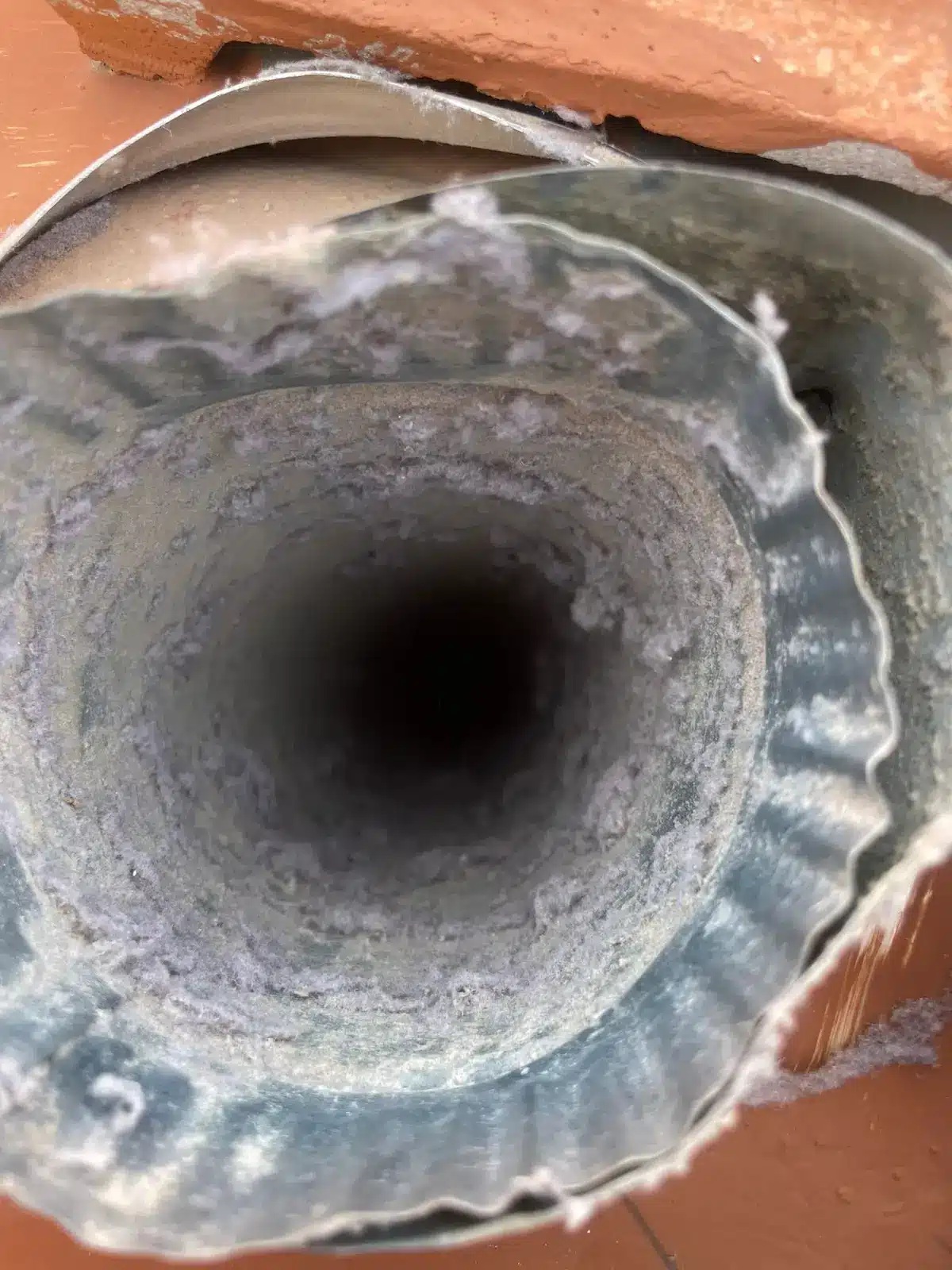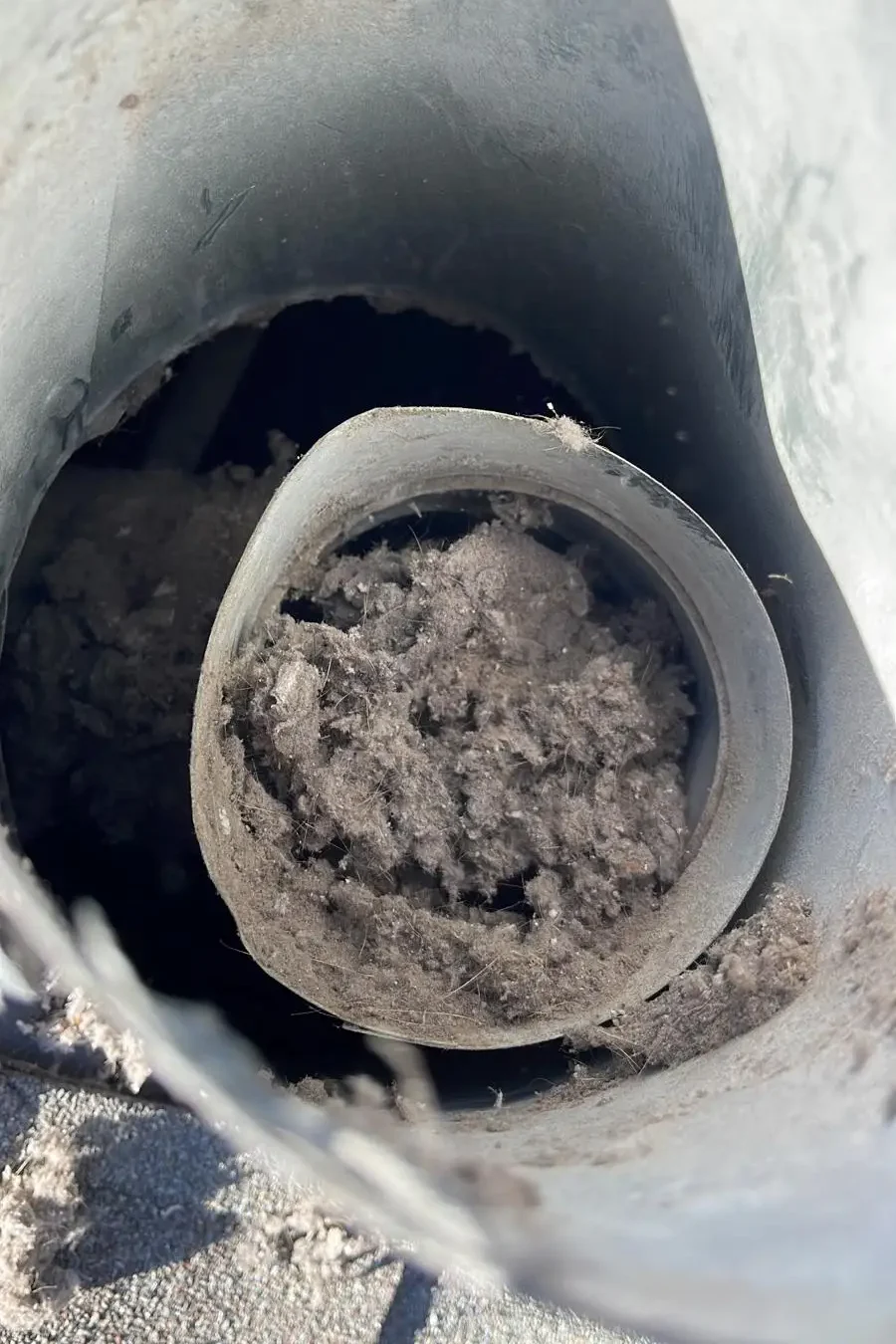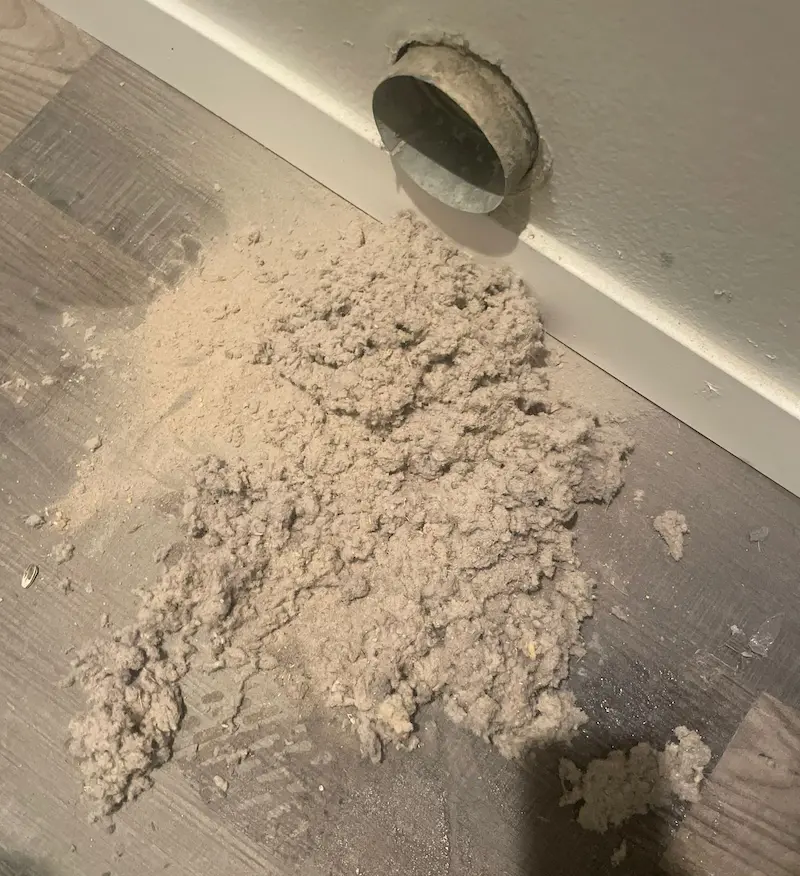Chimney sweeps are vital for keeping your home’s chimney system safe and efficient, but one often-overlooked challenge that homeowners face is the possibility of bats nesting in their chimneys. Bats are commonly attracted to chimneys, particularly during the spring and summer months when they look for dark, warm, and quiet places to roost. While these little creatures may seem harmless, their presence in your chimney can lead to several issues, from health concerns to potential damage to the structure of your chimney.
In this article, we’ll explore the problem of chimney sweep bats, the potential risks they bring, how to identify them, and most importantly, how to safely and effectively address the issue.
Why Bats Are Drawn to Chimneys
Bats are known to be attracted to chimneys because they offer a perfect environment for roosting. Chimneys are dark, quiet, and provide a safe space away from predators, making them ideal for bats, particularly during the breeding season. In addition, chimneys offer the warmth that bats need, especially during colder months when they seek shelter for hibernation. The crevices within a chimney structure provide bats with a place to hang, making it an attractive option for these nocturnal creatures.
While bats play an essential role in the ecosystem by helping control insect populations, their presence in your chimney can lead to problems, especially if they decide to roost for an extended period.
Potential Problems with Chimney Sweep Bats
Having bats in your chimney might seem like a harmless situation, but there are several reasons why it’s best to handle the problem quickly and carefully.
1. Health Risks from Bat Droppings (Guano)
One of the primary concerns with having bats in your chimney is the risk posed by bat droppings, or guano. Guano contains harmful bacteria and fungi, including Histoplasmosis, a respiratory illness that humans can contract by inhaling spores from bat droppings. If the bats have been roosting in your chimney for an extended period, their droppings can accumulate, increasing the risk of exposure. Cleaning guano from a chimney should only be done by professionals with the right equipment and knowledge to safely remove the droppings and disinfect the area.
2. Damage to Your Chimney and Home
Bats can cause physical damage to your chimney and other areas of your home. Their droppings can corrode metal parts of the chimney and damage the mortar or brickwork of the chimney itself. Over time, this can lead to costly repairs if not addressed. Additionally, if bats build nests, they can obstruct the airflow within the chimney, affecting the efficiency of your fireplace or heating system. This obstruction can even pose a fire hazard by preventing proper ventilation.
3. Noise and Disturbance
While bats are generally quiet creatures, their presence in the chimney can cause disturbances. At night, bats may flutter around or make sounds as they leave and enter the chimney. This can be unsettling, especially if you have an active fireplace or use the chimney for heating. The constant movement of bats can create unnecessary noise in your home and disturb your sleep.
4. Breeding and Foul Odors
If bats have taken up residence in your chimney, they may have also brought their pups with them during the breeding season. This can lead to an increased number of bats in the chimney, which exacerbates all the issues mentioned above. Additionally, bat nests and accumulated guano can lead to unpleasant odors that may permeate your home, creating an uncomfortable living environment.
How to Identify If You Have Bats in Your Chimney
The first step in dealing with a bat problem is identifying whether or not you have bats in your chimney. Here are some signs to look for:
- Noise: If you hear scratching or flapping sounds coming from the chimney, particularly at dusk or dawn, it could indicate bats are present.
- Guano: Bat droppings near the base of the chimney or around the area where the bats enter and exit are a strong indicator that bats are living there.
- Smell: A strong, musty odor can be a sign of bat droppings or a bat nest within the chimney.
- Visual Sightings: If you notice bats flying near the chimney or entering it at dusk or dawn, this confirms their presence.
How to Safely Remove Bats from Your Chimney
If you suspect or confirm that you have bats in your chimney, it’s essential to handle the situation carefully and humanely. Here’s how to address the problem safely:
1. Do Not Attempt DIY Removal
While it may be tempting to try and remove the bats yourself, this is not recommended. Bats are protected by law in many areas, as they play an important role in ecosystems. Additionally, bats can carry diseases like rabies, making it dangerous to handle them directly. It’s always best to call a professional wildlife removal service that specializes in safe bat removal.
2. Seal Entry Points After Bats Leave
Once the bats are safely removed, it’s important to seal any entry points to prevent them from coming back. A professional can identify the exact places where bats are entering and ensure that those openings are securely sealed. It’s best to do this during the colder months when bats are likely to be hibernating, as they will be less likely to be inside the chimney.
3. Clean and Disinfect the Chimney
After the bats are removed and the entry points are sealed, the chimney should be cleaned and disinfected to remove any remaining guano, urine, or odor. This cleaning process should be done by a professional who knows how to safely handle bat droppings and sanitize the area.
4. Install a Chimney Cap
Installing a chimney cap is a great preventive measure to stop bats and other animals from entering the chimney. A chimney cap will also keep out rain, debris, and pests, which can help maintain the health of your chimney.
Preventing Future Bat Problems
To avoid future bat problems, it’s important to take steps to make your chimney less attractive to bats. Regular chimney inspections and maintenance are key to ensuring that your chimney remains sealed and secure. Installing a properly fitted chimney cap, as mentioned above, is one of the best ways to prevent bats from entering. Additionally, ensuring that all gaps or cracks in the chimney structure are sealed will help deter bats and other wildlife from making a home in your chimney.
Keep Your Chimney Bat-Free and Safe
Bats in the chimney may seem like a minor inconvenience at first, but they can lead to serious health risks, damage to your chimney, and an uncomfortable living environment. If you think you have bats in your chimney, it’s important to call a professional to handle the situation safely and humanely. Regular maintenance and inspections will help prevent bat infestations and ensure that your chimney remains safe and efficient for years to come.
Contact Us Today for Safe Chimney Care
If you suspect you have bats in your chimney or need a chimney inspection, contact us today. Our experienced team can safely remove bats, clean your chimney, and ensure it’s in top condition. Call now to schedule an inspection or cleaning!




